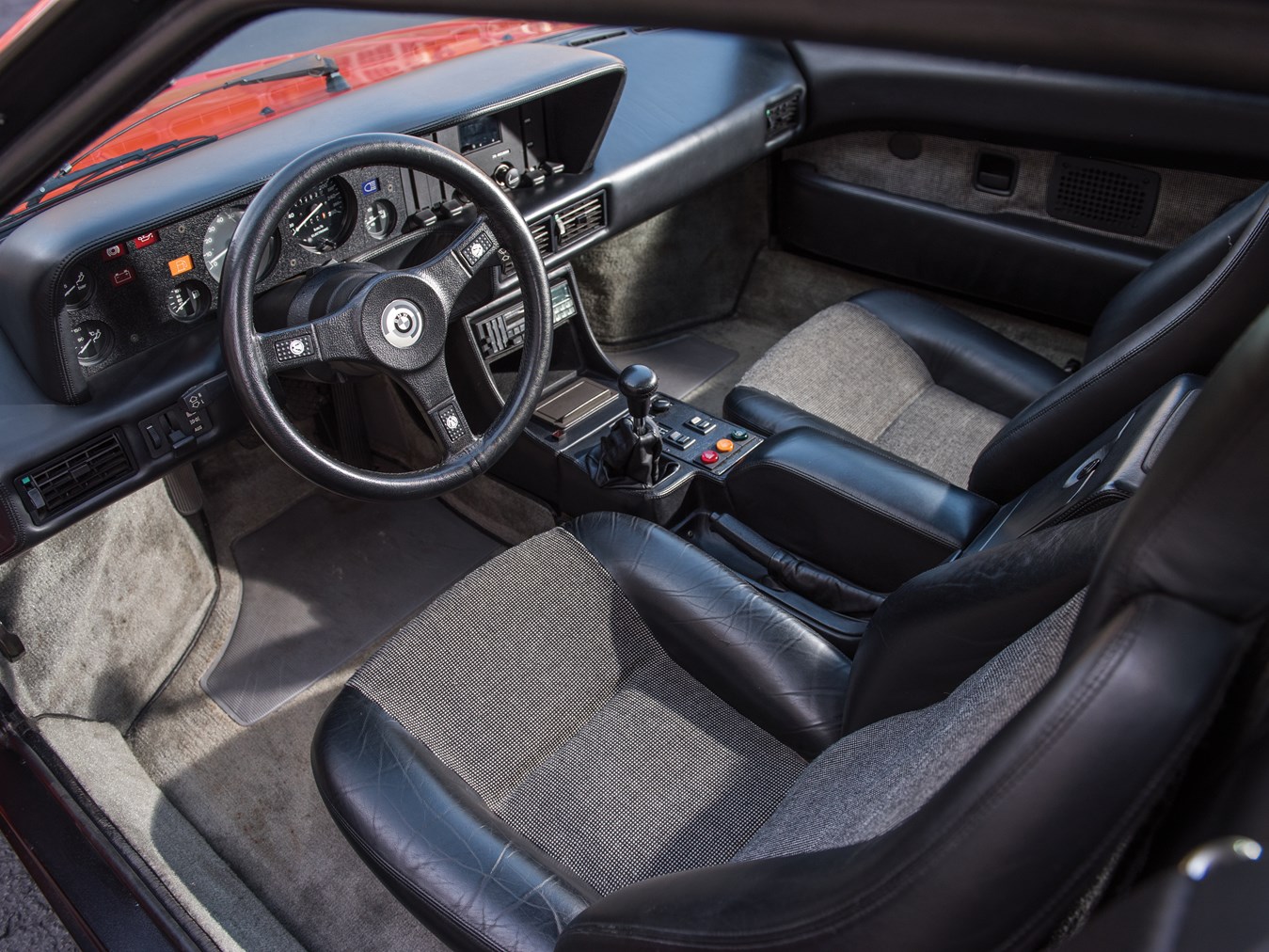The BMW M1 E26 marked a significant divergence from prior BWW products. The wedge design and mid-engined layout were exhibited by the model. It is a rare beast because only 453 of them were created during its production period. Here are 10 interesting facts about this unusual automobile. The goal was to create a vehicle that could participate in the FIA Group 5 racing division.
1. First Mid-Engined BMW

One of the earliest mid-engined sports vehicles to be mass-produced and the first for BMW was the M1. A 3.5-liter inline-6 cylinder engine in the engine compartment generated 274 horsepower. The car’s power output gave it the ability to go from 0 to 60 mph in about 5.6 seconds.
2. Built For Racing

One of the original mass-produced mid-engined sports vehicles and the first from BMW was the M1. A 3.5-liter inline-6 cylinder engine inside the vehicle developed 274 horsepower. The vehicle’s ability to accelerate from 0 to 60 mph in just 5.6 seconds was made possible by the power output.
3. Lamborghini Failed On The Production

Head of motorsport Jochen Neerpasch hired Lamborghini for the job because BMW lacked the necessary production facilities. Because Lamborghini was unable to meet this demand, incomplete automobiles were shipped to Baur in Germany.
4. It’s a Fiberglass Body

In order to achieve the sleek design, the car’s body was composed of reinforced fiberglass. An Italian company called Trasformazione Italiana Resina were awarded the contract to build the fiberglass bodies, in their factory in Modena. The car’s body was composed of reinforced fiberglass, which ensured the car was lightweight while maintaining structural integrity.
5.M1 Competed In Le Mans

The car’s body was made of reinforced fibreglass in order to obtain the sleek appearance. The contract to produce the car was given to the Italian firm Trasformazione Italiana Resina. Between 1979 and 1986, the BMW M1 raced in the Formula 1 Grand Prix, however it never distinguished itself. By using this material throughout construction, the car’s structural integrity was preserved while being lightweight.
6. Disappointing Interior

The inside of the M1 is fine, but compared to the rest of the vehicle, it feels pretty underwhelming. A more Germanic and practical interior was concealed by the exotic appearance. A split leather and cloth combination covered the seats. The appearance of the vehicle included some elements that were taken from earlier BMW models.
7. Handling Was Exceptional

The automobile, which tipped the scales at about 1,300 kg, was relatively lightweight and could readily handle the engine’s power output because it was constructed on a steel space frame chassis. Because all four wheels are evenly loaded, the mid-engined configuration produces excellent weight distribution and enhances stability when cornering.
8. High Costs

The M1 had a price tag between $90,000 and $100,000. Due to the car’s recent price increase, buyers today would jump at these offers. An M1 in “good” condition would sell for almost $440,000 today, according to the Hagerty appraisal tool.
9. Formula One Race Supporter

The Lamborghini production delays prevented the car from being finished in time for Group 5 racing. Jochen Neerpasch, a co-director of BMW M, created a brand-new series called “Procar” that backed European Formula One races and included a field of competitors made completely up of BMW M1 vehicles.

